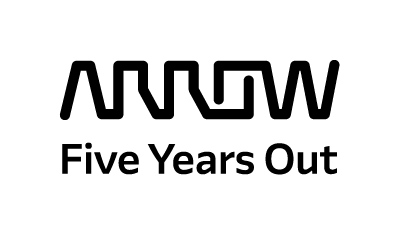Who do You Trust?
By Carol Baroudi
Every transaction, be it interpersonal or commercial, involves trust. You trust that you’re getting what you’ve agreed upon. Or you’ve weighed the risks and have decided that should you not get what you’ve settled upon, you can live with the consequences. For tangible goods, certain clear guidelines apply – we have return policies, warranties, and extended warranties. For services, it’s a different matter. We have service level agreements, we have certifications and certifying bodies, we have audits and auditors, and, to a greater extent than with hard goods, we have trust.
With IT asset disposition (ITAD), a great deal happens out of your direct oversight, and you need to know with a high level of confidence that what’s supposed to happen will happen. You need to trust your provider.
In the scheme of things, ITAD as a discipline is relatively new. Given that the invention of the first computing device is attributed to Charles Babbage in 1822, the fact that ITAD is less than 20 years old seems surprising, but these past 20 years have been doozies.
In the past 20 years, the Internet went from “a cool new thing” to the way we live our lives, do business, run governments, educate, communicate, and entertain ourselves. Computers went from monstrous machines—requiring their own special environments—owned by a few select organizations to powerful processors we hold in our hands. They went from being made from a relatively short list of relatively common materials to being made from a very long list including very uncommon materials. As prices plummet, usage skyrockets. And the world cannot keep up.
Many of us take for granted the roads that connect us, the wires that deliver our electricity, and the water that pours from our taps. Yet all of the infrastructure on which we rely was built up over decades. The infrastructure we need to universally, safely, and ethically process technology at its end of life does not yet exist. Instead, we have to trust our unwanted technology to an ITAD service provider.
The ITAD service provider should be a safeguard against data abuse, environmental abuse, and the exposure of workers to unsafe environments. Electronics of today are much more complex and ever evolving. They require assiduous attention to the intricacies of data erasure and extensive processes and procedures in place to protect workers and the environment as well as the assets themselves. These capabilities are not built overnight. Like our roads and pipes, they require planning, investment, and ongoing improvement and expansion.
So when you look for an ITAD vendor you can trust, look for one that’s been successfully processing IT assets for more than a decade. Look for one with the sophistication and know-how to protect your organization, your data, and the value your assets may hold. Look for one on firm financial footing, that can’t simply close up shop today and disappear, abandoning your assets like a service provider did in Arizona. And look for one that’s ready to support you wherever your business operates.
Carol Baroudi works for Arrow’s Value Recovery business, promoting sustainability awareness and action. Her particular focus is electronics at the IT asset disposition stage, e-waste, and everything connected. Follow her on Twitter @carol_baroudi and connect with her on LinkedIn: www.linkedin.com/in/carolbaroudi.



